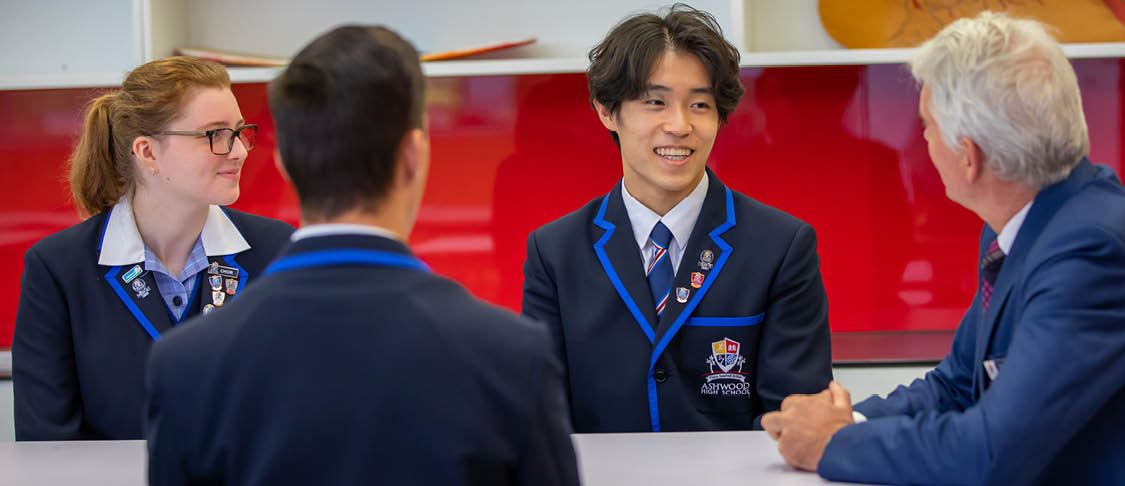When you leave school, you want to have some options. You could be planning to go to university in Australia, or somewhere else in the world, or may be planning to go straight into the workforce. A Victorian school qualification will enable you to start the next phase of your life.

Prepare for your future with the VCE exam
The Victorian Certificate of Education (VCE) is well respected by education systems, universities and employers around the world. Our qualifications are designed to prepare you for your chosen
pathway to further study and a career.
VCE – more than a high school certificate
Completing a VCE shows that you’ve reached the highest level of schooling in Australia and are ready to commence university or vocational study.
Employers internationally recognise the VCE qualification and Australian Tertiary Admissions Rank (ATAR) score. If you’re planning to work overseas, the VCE can give you the ‘edge’ when you’re searching for the ideal job.
An exciting array of subjects
You can choose from over
90 subjects (‘studies’) in the VCE, including languages. Each school usually offers between 20 and 30 studies, depending on the number of students. You can also do studies outside your school, such as:
- languages through the Victorian School of Languages
Designing your course – VCE unit structure
Your VCE program should be made up of 20 to 24 units, usually taken over two years. You must satisfactorily complete at least 16 units to obtain a VCE, with at least three units from the English Group, which includes English as an Additional Language (EAL).
Each
VCE study is broken up into four units numbered 1, 2, 3 and 4, each half a year or a semester (two terms) in length. Units 1 and 2 are mostly taken in Year 11, but can be taken in Year 10 or Year 12. Units 3 and 4 determine your ATAR score. They build on units 1 and 2 and are mostly taken in the final year of school.
You could start the VCE early and study over three years
The VCE is usually done over two years in Years 11 and 12. But you can start in Year 10 and most Victorian schools offer some VCE units to their Year 10 students. You can vary how many units you take in each year.
ATAR scores and university entrance
When you complete the VCE, you get an ATAR score – a score worked out by comparing students across all of their studies. It ranks how well you performed against the rest of the Australian student population.
Your ATAR score determines which Australian university and courses you can access for your university study. Many university courses have prerequisite studies and/or require certain combinations of studies and additional entry requirements. Before you start your VCE, make sure you seek in-depth advice on course selection from the school’s course and careers advisor.
Enter universities across the world with your VCE
All Australian universities and many international universities recognise the VCE exam results for university entrance. The VCE is a senior high school qualification comparable to:
- UK A levels
- International Baccalaureate (IB)
- US SAT and ACT tests.
Find out more
For more information, talk with your school’s course and careers advisor.
CRICOS Provider Name and Code: Department of Education, 00861K.
CRICOS Course Names and Codes: Primary (Prep to Year 6), 019047G; Secondary (7-12), 019048F; Victorian College of the Arts Secondary Course (7-12), 028651A.




